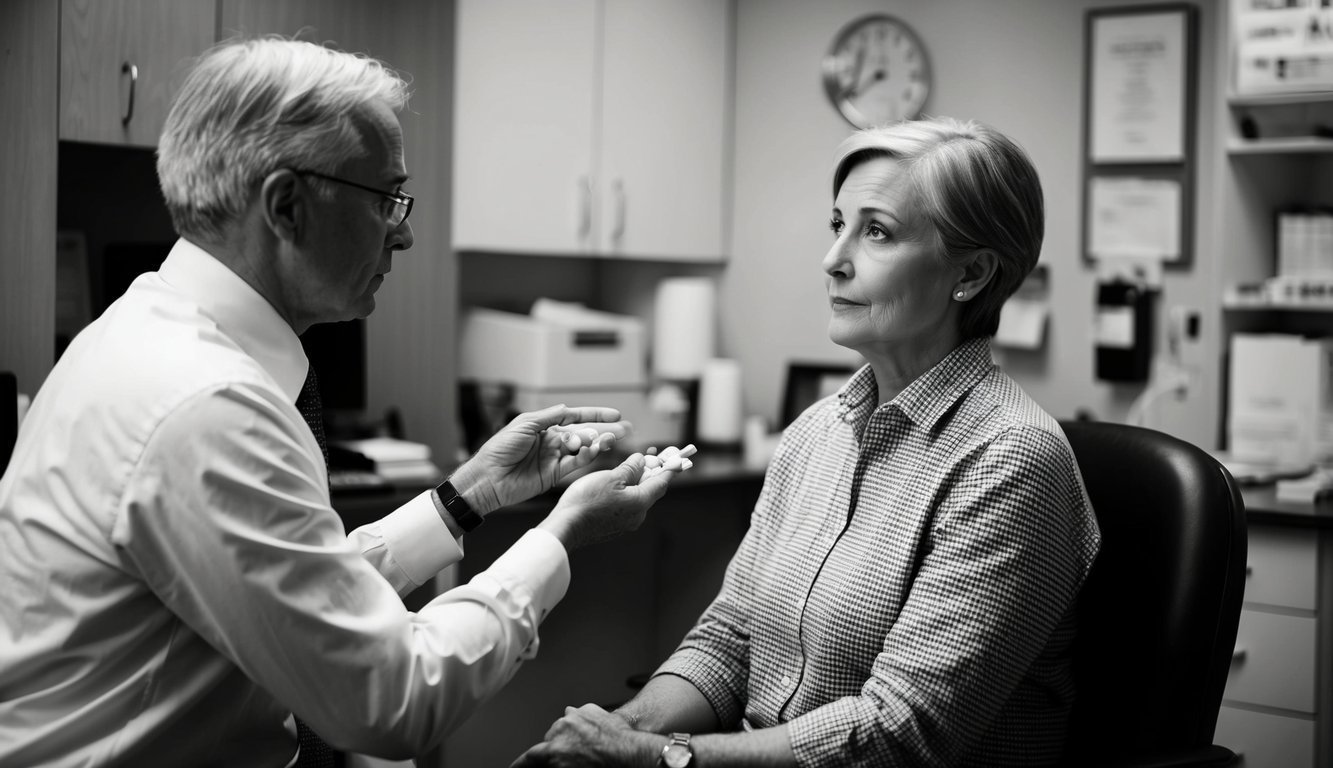PsychNewsDaily Publishers
100 Summit Drive
Burlington, MA, 01803
Telephone: (320) 349-2484
PsychNewsDaily Publishers
100 Summit Drive
Burlington, MA, 01803
Telephone: (320) 349-2484
Delusional disorder is a psychotic condition characterized by persistent false beliefs, categorized into various subtypes, and requiring comprehensive evaluation for accurate diagnosis and treatment.

Delusional disorder is a multifaceted psychiatric condition distinguished by enduring false beliefs. Its distinct symptoms and potential overlap with other mental health disorders create particular challenges for diagnosis and treatment.
Delusional disorder is identified as a psychotic disorder, marked by the occurrence of one or more delusions that persist for a minimum of one month. According to the Diagnostic and Statistical Manual of Mental Disorders (DSM-5), these delusions must not be linked to any other mental disorders or substance use.
This disorder can be categorized into various subtypes based on the central theme of the delusions:
Delusions may be classified as bizarre or non-bizarre. Bizarre delusions are evidently implausible, while non-bizarre delusions pertain to situations that could feasibly occur in real life.
Accurately distinguishing delusional disorder from other psychiatric ailments is vital for receiving appropriate treatment.
Key differentiating elements include:
Schizophrenia: Unlike delusional disorder, schizophrenia is characterized by significant hallucinations and disordered speech or behavior.
Mood disorders with psychotic features: In delusional disorder, delusions endure beyond mood episodes.
Obsessive-compulsive disorder: In OCD, individuals typically recognize their thoughts as irrational, which is not the case in delusional disorder.
Delirium and dementia: These disorders encompass cognitive deficits that are generally absent in delusional disorder.
Thorough clinical evaluation is crucial for eliminating medical conditions or substance use that may produce similar symptoms.
Delusional disorder is relatively uncommon compared to other mental health conditions, with studies indicating a prevalence of 0.2% in the general population. This disorder typically arises during middle to late adulthood, with an average onset age around 40 years.
The distribution across genders is generally equal, though certain subtypes may exhibit gender variations. For instance, the jealous type is more prevalent among males, while the erotomanic type occurs more frequently in females.
Various risk factors may heighten the likelihood of developing delusional disorder:
Ongoing research into genetic and neurobiological influences continues to enhance understanding of this fascinating disorder.

Delusional disorder presents various types, each with unique beliefs and associated symptoms. This condition encompasses persistent false beliefs that remain firm despite contradicting evidence.
Delusional disorder is categorized into several main types, based on the content of the delusions. The erotomanic type features a false belief that an individual, often of higher status, is in love with the person holding the delusion. The grandiose type is marked by an exaggerated sense of self-worth, power, or identity.
The jealous type centers around an unfounded belief that a partner is being unfaithful, while the persecutory type involves a conviction of being conspired against or unfairly treated. The somatic type focuses on false beliefs regarding bodily sensations or functions.
Mixed and unspecified types also exist, encompassing delusions that do not neatly fit into other categories or combine multiple themes.
The defining symptom of delusional disorder is the presence of one or more non-bizarre delusions lasting at least one month. These delusions usually pertain to real-life situations that might happen, like being followed or having a specific health condition.
Individuals diagnosed with delusional disorder often maintain relatively normal functioning in their everyday lives, aside from the effects of their delusions. Their behavior doesn’t typically come across as particularly odd or bizarre, which sets it apart from other psychotic disorders.
Although mood symptoms may be present, they are typically brief relative to the length of the delusional episodes. If hallucinations do occur, they are not prominent and are associated with the delusional themes.
Several psychological phenomena are linked to delusional disorder. Projection, a defense mechanism described by Jaspers, involves attributing one’s own unacceptable thoughts or feelings onto others.
Denial significantly assists in maintaining delusions, as individuals reject information that contradicts their beliefs. Reaction formation might also be observed, where individuals adopt beliefs or behaviors that are contrary to their true emotions.
Trauma may contribute to the emergence of delusional beliefs, serving as a coping mechanism. The rigidity of these delusional thoughts can lead to challenges in social relationships and day-to-day functioning.

Accurate diagnosis and effective treatment are essential for managing delusional disorder. A comprehensive strategy that incorporates clinical evaluation, psychopharmacology, and psychotherapy is fundamental for achieving the best possible outcomes.
Diagnosing delusional disorder necessitates an in-depth clinical assessment. Mental health professionals conduct thorough interviews to evaluate the patient’s symptoms, medical history, and social context. The Diagnostic and Statistical Manual of Mental Disorders (DSM-5) outlines specific diagnostic criteria.
Key diagnostic criteria include:
Performing differential diagnosis is vital to exclude other psychiatric disorders such as schizophrenia or mood disorders accompanied by psychotic features. Clinicians may employ structured assessment tools to support their diagnostic processes.
Treatment for delusional disorder aims to alleviate symptoms and enhance quality of life. A multidisciplinary approach typically yields the most favorable results. Establishing a strong doctor-patient relationship is crucial, as building trust may be difficult given the disorder’s nature.
Treatment strategies may encompass:
In severe instances, hospitalization might be required for patient safety and to enable intensive treatment. The prognosis varies, but many individuals show improvement with appropriate care.
Antipsychotic medications are fundamental to pharmacological treatment. Physicians often lean toward second-generation antipsychotics due to their more favorable side effect profiles. They customize medication and dosage for each patient’s specific needs and reactions.
Cognitive behavioral therapy (CBT) is the primary psychotherapeutic method utilized. CBT assists patients in recognizing and confronting their delusional thoughts while cultivating more realistic beliefs and coping mechanisms. Therapists collaborate with patients to establish goals and practice new skills.
The combination of medication and psychotherapy often leads to complementary benefits. Regular follow-ups facilitate continuous assessment and treatment modifications as necessary. Educating patients about the disorder and its management strategies is imperative for long-term success.